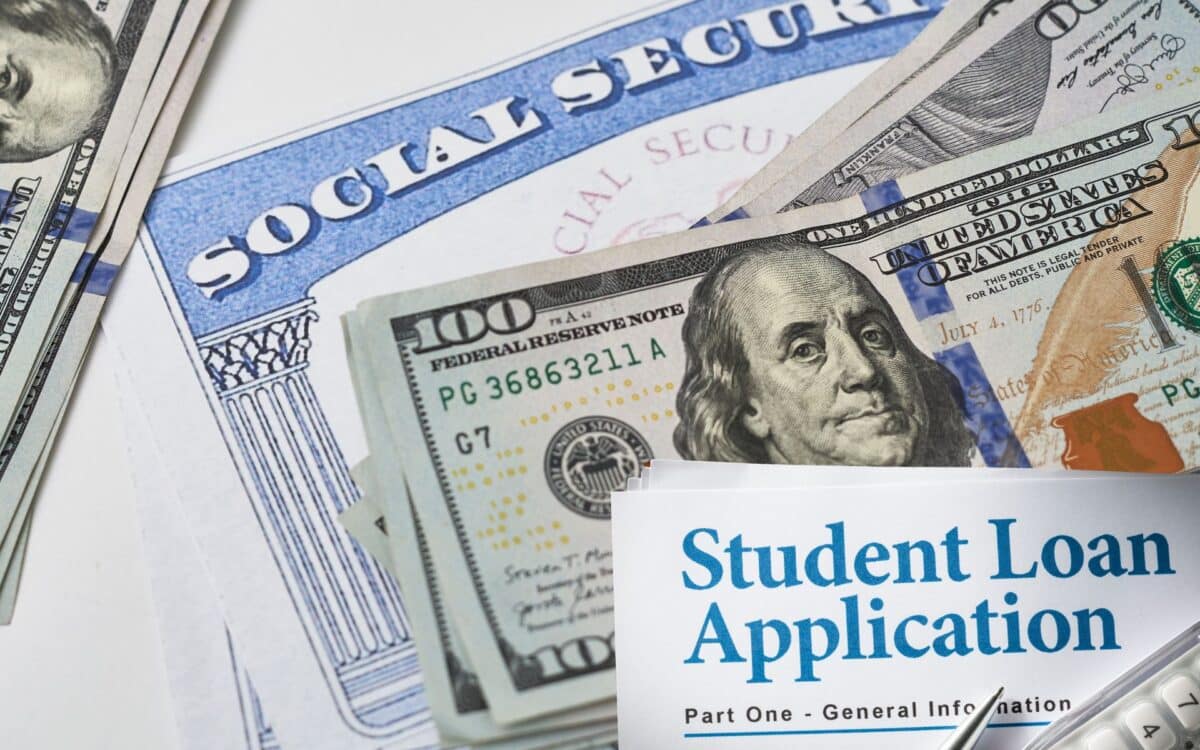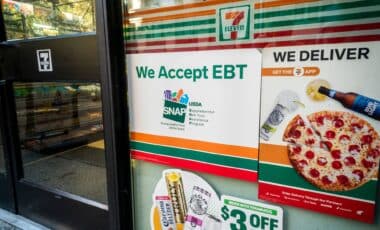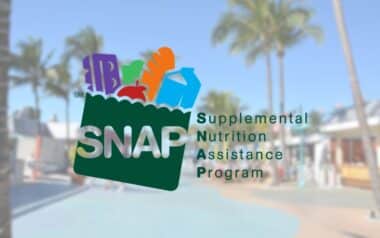Millions of Americans who depend on Social Security could soon notice changes to their monthly payments as federal officials reactivate longstanding recovery measures related to student loan obligations.
These actions, scheduled to take effect in June, reflect a broader shift in collection policy that had been paused during the COVID-19 pandemic. According to reporting by Newsweek, the Treasury Department is moving forward with offsets that may affect a subset of borrowers previously warned about their status.
Rising Debt Among Older Americans
Approximately 2.9 million Americans aged 62 and older currently carry federal student loan debt, a figure that has increased by more than 70% since 2017, according to the U.S. Department of Education. Among them, over 450,000 are in default, making them vulnerable to reduced benefits through the Treasury Offset Program (TOP).
How Treasury Offsets Affect Social Security Checks
The TOP enables the federal government to withhold up to 15% of a borrower’s Social Security benefits to collect defaulted student loan balances.
The program stipulates that benefits cannot be reduced below $750 per month. Once a borrower reaches 270 days of non-payment, the loan is declared in default.
As explained by Tom O’Hare, college advisor at Get College Going,
A borrower who has failed to pay on their federal student loan is considered in default when the loan delinquency reaches 270 days past due.
The loan is generally reassigned from loan servicers to a collection agency that works on behalf of the federal government to either litigate or implement stringent collection recovery practices, including wage garnishment and deduction from Social Security payments.
Before the offset process begins, a formal warning is issued. According to the Federal Student Aid website:
Before the offset begins, a notice of intent to offset will be sent to your last-known address to inform you that the offset and negative credit reporting are scheduled to begin in 65 days. The notice may only be sent once, and offsets will continue until your debt is paid or the default status is resolved.
A spokesperson for the Department of Education clarified to CNBC:
The notice may be sent only once, and borrowers may have received this notice before COVID.
Policy Resumption Under the Trump Administration
These collection efforts resumed on May 5, ending the pause that had been in effect throughout the COVID-19 pandemic. The Trump administration authorized the restart, including automatic deductions from Social Security payments. O’Hare noted:
It should be noted that these debt recovery practices are not new and have been in use for over two decades. They were suspended to assist delinquent borrowers during COVID-19 and during the remaining time the former Administration was in office.
Reactions From Government and Advocates
In a Wall Street Journal op-ed, Education Secretary Linda McMahon stated:
If you are a student borrower with a federal loan balance and haven’t been making payments, you must restart payments now.
However, the Student Borrower Protection Center (SBPC) voiced strong opposition. Its executive director, Mike Pierce, said:
For five million people in default, federal law gives borrowers a way out of default and the right to make loan payments they can afford.
Since February, Donald Trump and Linda McMahon have blocked these borrowers’ path out of default and are now feeding them into the maw of the government debt collection machine. This is cruel, unnecessary, and will further fan the flames of economic chaos for working families across this country.
Options for Those in Default
Borrowers affected by garnishment may still find pathways to recovery. Bethany Hubert, financial aid specialist at Earnest, advised:
First, reach out to your loan servicer. They can guide you through available options like deferment, forbearance, or creating a flexible repayment plan. Programs like income-driven repayment can adjust your monthly payment to better match your budget.
Additional tools like loan rehabilitation and consolidation may also help borrowers remove the default status and regain eligibility for federal aid or benefits protection.









